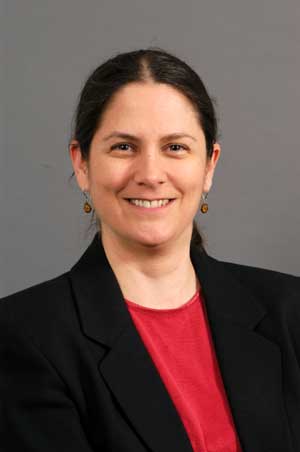Faculty Profile
Melinda Schlitt
Professor of Art History; William W. Edel Professor of Humanities (1990)Contact Information
Weiss Center for the Arts
717-245-1245
Bio
Professor Schlitt teaches courses in art and architecture of the Italian Renaissance, Ancient Greek and Roman art and architecture, and Women and European Art. Her current research focuses on 15th and 16th-century Italian art and criticism, the reception and transformation of the past, and poetry as cultural identity in art. She has published on Galileo's Moon Drawings, Francesco Salviati, Giorgio Vasari, Michelangelo, and the relationship between language and imagery in the Renaissance, and has edited (and contributed to) two books of new essays: "Perspectives on Early Modern and Modern Intellectual History," (Univ. of Rochester Press, 2001) and "Gifts in Return: Essays in Honour of Charles Dempsey," (Univ of Toronto Press, 2012). Prof. Schlitt is currently completing a monograph on the Arch of Constantine in Late Antiquity and the Renaissance, and a study on the Visual Poetics of Place in late 15th-century Florence . Awards include the Rome Prize, American Academy in Rome; Resident Fellowship, Getty Center for the History of Art and the Humanities; Research Fellowship, American Philosophical Society; Fulbright Foundation Research Fellowship; Lila Acheson Wallace-Reader's Digest Publications Grant, Villa I Tatti, Florence.
Education
- B.A., State University of New York at Purchase, 1981
- M.A., Johns Hopkins University, 1983
- Ph.D., 1991
